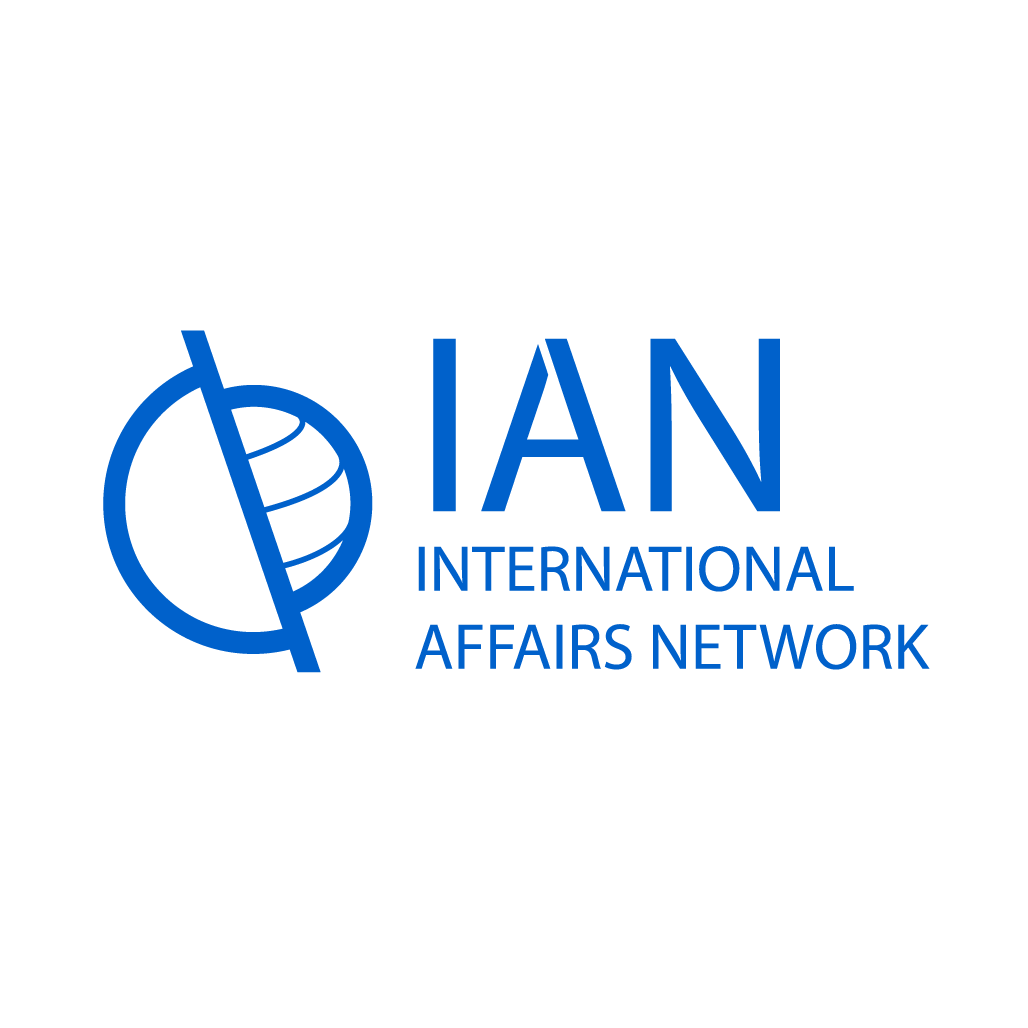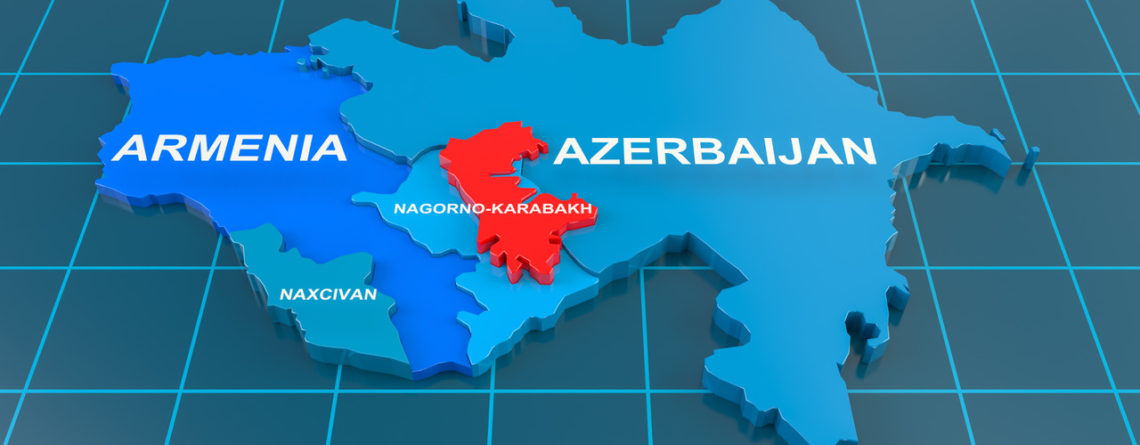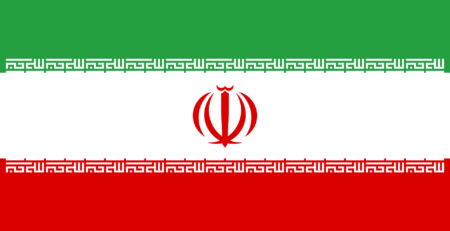Conflict in the Caucasus: The Geopolitics of the Nagorno-Karabakh Clashes
The clashes in Nagorno Karabakh are the latest in a long series of confrontations between the Republic of Armenia and its neighbour the Republic of Azerbaijan. It perhaps comes as no surprise to close observers of the conflict that both sides blame one another for this most recent flare up.
The defence ministry of Armenia has suggested the fighting, which broke out over Sunday 27th and Monday 28th September, was in response to an Azeri attack on settlements in the Nagorno Karabakh region. The nations Prime Minister, Nikol Pashinyan was equally resolute, issuing a statement that ‘Azerbaijan launched a missile and aerial attack on Artsakh (as the Armenians refer to the enclave)’ – aimed at the regions administrative centre in Stepanakert.
His counterpart in Baku, Ilham Aliyev and the foreign ministry of Azerbaijan have condemned the situation as ‘another act of aggression by Armenia’, to which they were taking necessary defensive counter measures.
Nagorno-Karabakh is internationally recognised as part of Azerbaijan, but de facto controlled by an Armenian backed administration. As the situation begins to escalate, with civilian and military casualties mounting, this latest deterioration threatens to be the worst between the two nations in recent history.
Contextualising the Nagorno-Karabakh Conflict
The conflict, which has been a regular source of tension in the Caucasus region, may be unfamiliar to most people. It is the product of complicated relationships and a complex political experience that predates the Soviet Union. Historically, the region we identify as Nagorno-Karabakh has long been the basis for a number of principalities and districts within successive Kingdoms and Empires from the fourth to nineteenth century.
In the early twentieth century, the formation of the Soviet Union generated the creation of the Soviet Socialist Republics of Armenia and Azerbaijan in 1920-22. During the creation of these new Soviet Republics, Nagorno-Karabakh, which maintained a historic Armenian majority population and had most recently existed as part of the shortly lived First Armenian Republic of 1918-1920, was transferred to the Azerbaijan SSR. Stalin designated the region an ‘autonomous oblast’, giving it internal administrative identity within Azerbaijan. These lines of demarcation ultimately laid the foundations of today’s conflict.
As the Soviet Union collapsed, so too did the security situation in the autonomous oblast. When the region declared its independence in 1991/2 in the wake of the formation of the Republic of Armenia and the Republic of Azerbaijan, violent clashes erupted as both nations sought to assert their control over the region. Two years of warfare eventually ended with an unsteady ceasefire in 1994.
The peace process, which is mediated by the OSCE Minsk Group, led by France, Russia and the United States has since made little headway towards a permanent settlement. The precarious situation the region is now experiencing trace back to the 1994 Agreement and the so-called Line of Contact. Armenia holds military control over Nagorno-Karabakh, which functions as the border between Armenian and Azeri controlled territory.
After what seemed like a breakthrough in communication in 2018, when Nikol Pashinyan came to power, the situation appears to be back at square one. His actions in the last year, including a rather provocative visit to Stepanakert and his commitment to military action in the past few days seems opposed to his mission to find a peaceful resolution for both sides.
The historical foundations of the Nagorno-Karabakh conflict have given both sides what they feel are a legitimate claim to the region, certainly one neither side is willing to relinquish. The dissemination of a thousand years of history is ultimately a lens through which many continue to address the realities of the present day.
Surrounding Powers
As has been the case for much of the region’s history, the larger geopolitical actors in the Caucasus have begun to rear their head in this most recent outbreak of violence. Russia, which holds military bases in Armenia, has condemned the violence. Official statements from the Kremlin expressed its concerns over the resumption of large-scale clashes but has as of yet demonstrated an unwillingness to involve itself directly in the dispute. Spokesman for the Kremlin, Dmitry Peskov, has explicitly stated that “we are not talking now about military options.” Whether Armenian and Russian involvement in the Collective Security Treaty Organisation will affect their present position in the near future remains to be seen.
Turkey, the first nation to endorse the newly formed Republic of Azerbaijan in 1991, was quick to lend its support to Baku. The relationship between Ankara and Baku has strengthened in recent years as Turkey continues to offer military and financial support to Azerbaijan. Turkish involvement is arguably the most problematic. The relationship between Armenia and the state of Turkey is virtually non-existent beyond recriminations from Armenia over the genocide in 1915. In turn, Turkey’s refusal to recognise the Armenian Genocide by the Ottoman Empire contributes to a general lack of reconciliatory rhetoric on either side. Turkish involvement with Baku appears to be one of the key sources of anger which many in Armenia feel toward Azerbaijan. Unfortunately, these two largely distinct nations are seen in increasingly similar terms by Armenia and this underpins much of Armenia’s provocations towards Azerbaijan.
As Azerbaijan’s armed forced mobilize and martial law is declared, President Ilham Aliyev ruled out the possibility of talks on Russian State TV. Although they maintain that this mobilisation is purely defensive, footage of Azeri forces clashing with Armenian units suggests otherwise. The bold series of operations undertaken by Azerbaijan begs the question of Turkey’s involvement. Perhaps emboldened or indeed pressured by its increasingly dependent relationship with Ankara, Azerbaijan threatens to become a proxy for Turkish interest – in spite of Aliyev’s insistence that his ally is not party to the present conflict and instead plays a stabilising role in the region.
Turkish President Recep Tayyip Erdogan, in rather tactless style, called on ‘the entire world to stand with Azerbaijan in their battle against invasion and cruelty’ and demanded Armenia’s immediate withdrawal from all Azeri sovereign territory including Nagorno-Karabakh. Amid claims that a Turkish F-16 was responsible for shooting down an Armenian fighter jet, relations are more likely to deteriorate further.
The conflict threatens to place Russia and Turkey, who have maintained a mutual relationship whilst backing opposing sides of conflicts in Libya and Syria, at odds with one another in yet another theatre of war.
Natural Resources
The Caucasus are, of course, a major source of energy reserves. Azerbaijan, a fuel exporter, plays host to a number of critical oil pipelines – the largest being the Baku-Tbilisi-Ceyhan (BTC) pipeline, which transports crude through Azerbaijan, Georgia and Turkey. Azerbaijan supplies an estimated 5% of Europe’s oil demands. Fighting between Armenia and Azerbaijan in 2016 came exceptionally close to these pipelines. In July 2020 clashes around Tovuz, an obvious but rather ignored precursor to the last few days of violence, also drew close to all three of the major pipelines running through Azerbaijan. The exact cause of the skirmishes in July, much like the current armed standoff, is unclear and both sides have sought to blame the other. This tit-for-tat exchange has fed much of the violence and bellicose rhetoric seen over the last few days.
Much of the Azeri approach to Armenia appears informed by these energy reserves. It has been suggested that the conflict in Tovuz was motivated by an Armenian attempt to disrupt or control the flow of these natural resources. With Armenia unable to benefit from these pipelines because of its closed borders with Turkey and Azerbaijan, it may well be that the economic viability of holding Karabakh no longer makes sense in the short to medium-term. As both countries attempt to deal with the effects of Covid-19, the economic implications continue to underscore the present conflict.
What may look like a parochial skirmish in the hinterlands of the European neighbourhood to the casual observer, is in fact a complex conflict that is rooted in a deep-set historical experience, geopolitics and energy security.
In a conflict where both sides have grievances and a firm belief in their right to Nagorno-Karabakh, a meaningful settlement seems far from view. Neighbouring regional powers are observing closely and positioning themselves accordingly, but with Armenia increasingly looking to European powers for support, for now peace seems unlikely.











